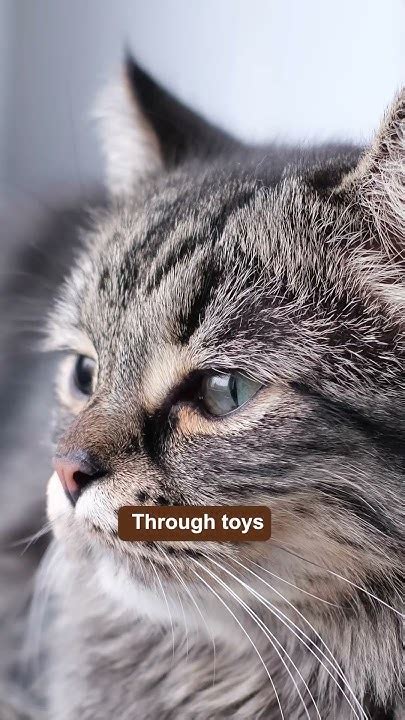Introduction:

Cats, cherished companions in countless households, rely on human care for their health and well-being. The intertwined fields of cat health and rescue play a pivotal role in ensuring the long-term well-being of these beloved creatures.
Cat Health: A Growing Concern
According to the American Veterinary Medical Association (AVMA), an estimated 90 million pet cats live in U.S. households, with cats now the second most popular pet behind dogs. Alongside this growing population, the prevalence of certain feline health conditions has increased.
Common Health Challenges:
- Obesity: Studies suggest that up to 40% of domestic cats are overweight or obese, leading to various health issues such as diabetes, heart disease, and joint problems.
- Dental Disease: Dental problems, including periodontal disease and tooth decay, affect over 70% of cats and can cause pain, discomfort, and infections.
- Cancer: Approximately 20% of cats will develop cancer, including lymphoma, skin cancer, and mammary cancer.
The Importance of Preventative Care:
Regular veterinary checkups, vaccinations, dental cleanings, and proper nutrition are essential for maintaining cat health. Early detection and treatment can prevent serious health conditions and improve feline longevity.
Cat Rescue: A Lifeline for Homeless Cats
Despite the popularity of cats as pets, an estimated 3.2 million cats enter animal shelters each year in the United States (ASPCA, 2023). Many of these cats are homeless, abandoned, or have been surrendered by their owners.
Challenges Facing Cat Rescue:
- Overcrowding: Animal shelters often face overcrowding due to the high influx of cats, leading to stress and health issues for the animals.
- Insufficient Funding: Many cat rescue organizations operate on limited budgets, struggling to provide adequate care and resources for the cats in their care.
- Public Perception: Negative stereotypes and misconceptions about shelter cats can hinder adoption rates, leaving cats in shelters for extended periods.
Benefits of Cat Rescue:
- Saving Lives: Cat rescue organizations provide a lifeline for homeless cats, saving them from potential harm or euthanasia.
- Improving Animal Welfare: Shelters provide cats with shelter, food, medical care, and socialization opportunities, significantly improving their quality of life.
- Reducing Cat Overpopulation: By spaying or neutering cats before adoption, rescue organizations help curb cat overpopulation and prevent future generations of homeless cats.
Collaboration: Enhancing Cat Care
The fields of cat health and rescue must work closely together to ensure the comprehensive well-being of cats. Partnerships between veterinary clinics and animal shelters can provide mutual benefits:
- Access to Veterinary Care: Shelters can refer cats in need of medical attention to veterinary clinics for specialized treatment.
- Community Outreach: Clinics can offer educational programs and outreach services at shelters, promoting responsible pet ownership and the importance of cat health.
- Adoption Promotion: Veterinary clinics can display cats available for adoption in their waiting areas, increasing visibility and adoption rates.
Conclusion:
The health and rescue of cats are interconnected and interdependent. By addressing common health challenges through preventative care and collaborating to address the challenges faced by cat rescue organizations, we can create a future where all cats have the opportunity to live long, healthy, and fulfilling lives.





















